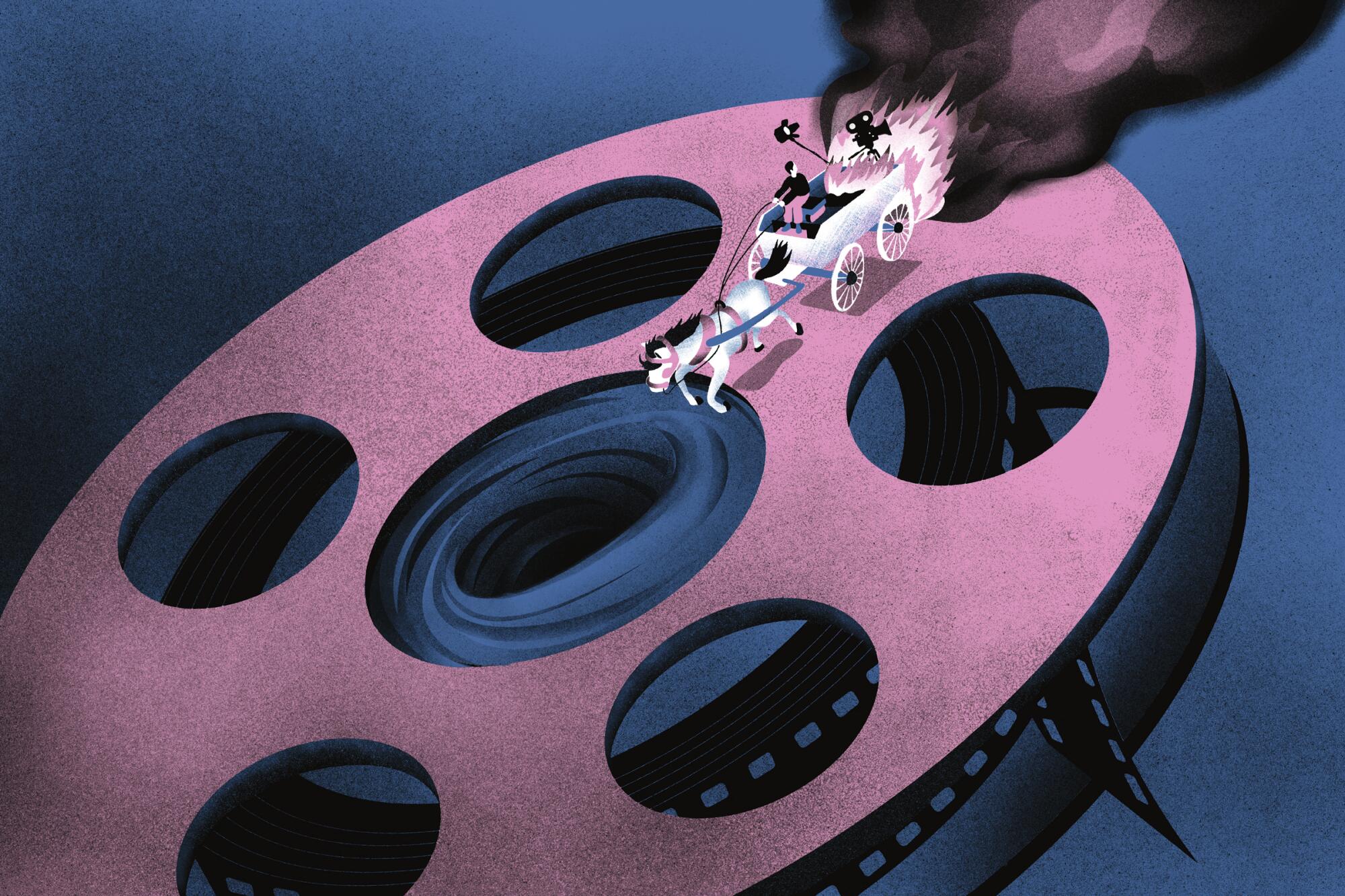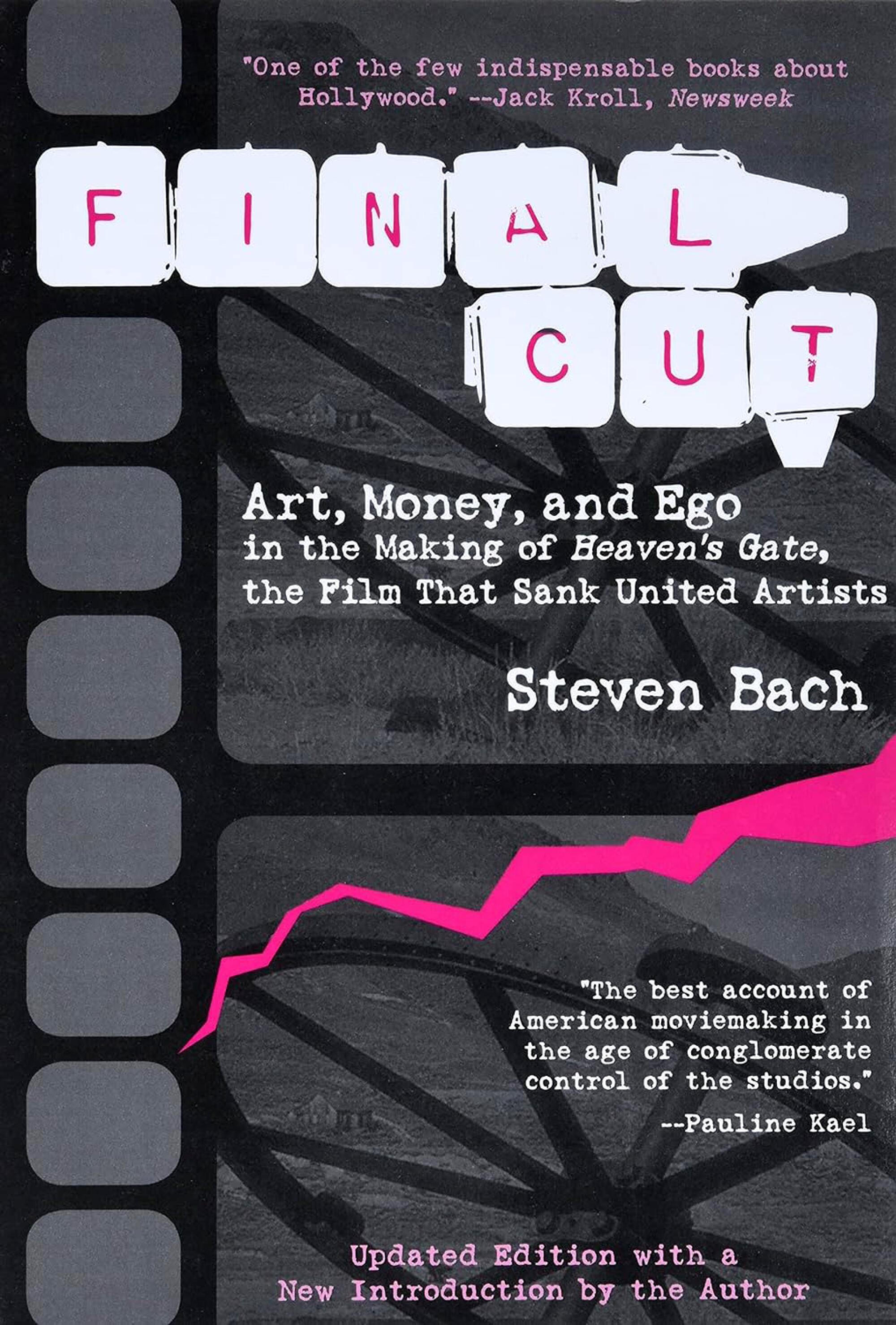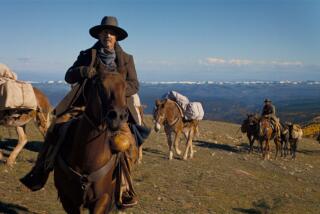
- Share via
When Steven Bach’s “Final Cut” appeared in 1985, it was mainly sold as Hollywood dish. Bach, the former head of production at United Artists, had delivered the inside story of “Heaven’s Gate,” a 1980 epic western by Michael Cimino that was budgeted at about $11.5 million, wound up costing around four times that, and prompted the hobbled studio’s sale to MGM. Here at last were the details of Cimino’s outsize ego and UA’s futile attempts to restrain it.
The Ultimate Hollywood Bookshelf
“Final Cut: Art, Money, and Ego in the Making of Heaven’s Gate, the Film That Sank United Artists” ranks No. 18 on our list of the best Hollywood books of all time.
In the years that followed, as “Heaven’s Gate” was eclipsed by bigger debacles with bigger budgets (“Cutthroat Island,” “Treasure Planet,” “Battlefield Earth” and on and on), “Final Cut” became something more like a history lesson. Bach had delivered a cautionary tale about the hubris of ’70s Hollywood’s conglomerate era, when manufacturers such as Gulf and Western and insurance firms such as Transamerica Corp. (which owned UA) treated movie studios as profit centers without caring much about movies per se. It was also a snapshot of the end of the American auteur period, when filmmakers were given more leeway and then abused it. Francis Ford Coppola’s “Apocalypse Now” closed the door on the age of the freewheeling director; “Heaven’s Gate” nailed it shut.

Today, reading it again — “Final Cut” rewards revisiting the way few Hollywood tell-alls do — the book’s virtues are more nuanced than those production details. It reads a little like a love story, albeit a dysfunctional one. Without denying his own complicity in the movie’s failure, Bach is mainly rueful that it all turned out so badly, that it all felt so inevitable. Bach and Cimino, it’s clear, both wanted the same thing: a masterpiece. But their visions about how to make a masterpiece diverged. Bach wanted the director of 1978’s “The Deer Hunter,” which had just collected a wheelbarrow full of Oscars, to simply repeat his success. Cimino wanted a perfect rendition of an epic Wyoming battle between immigrants and landowners. Standing in the way of both men was the budget.
But what is the price, exactly, for genius and prestige? Because they couldn’t answer that question, Bach and his affiliates kept giving in. Cast Isabelle Huppert, and her impenetrable French accent, as the female lead? Whatever the auteur wants. Countless takes of one scene of Kris Kristofferson cracking a whip? Whatever’s needed. When the producers protested, Cimino put them off by showing some spectacular wide-angle shots — whatever the film’s flaws, Vilmos Zsigmond’s cinematography is jaw-dropping — and everybody retreated to their corners. “Had we been struck down by a runaway taxi,” Bach writes about yet another meeting where execs caved to Cimino, “there might be a United Artists today.”
Yet in “Final Cut,” Bach isn’t simply falling on his sword, nor is Cimino simply a dictator in the director’s chair. The fault isn’t just with them — in Hollywood, blame and error metastasize — and Bach tracks how Transamerica, UA executives and the media contributed to the production’s failure. Moreover, the person who can change the narrative isn’t necessarily the person in charge. A freelance writer named Les Gapay, rebuffed from formally covering the set, sneaked in as an extra and reported on the production’s physical perils and cost overruns in a story that ran simultaneously in the L.A. Times and Washington Post. A masterpiece in the making had become a story about dollar figures.
“Heaven’s Gate” is sodden, both in its original 3½-hour version and the version Cimino hastily cut an hour from. But either way, you can see why Bach and Cimino cared so much. “It was an orgy of brilliant pictorial effects, and no one who sat in that theater would ever again question where the money had gone,” Bach writes of Cimino’s five-hour-plus rough cut. “For it was there to see: the sweep of movement before the camera, by the camera, spectacular effect following spectacular effect until there couldn’t be any more, but there were, and still more after that.” In one passage, you can sense Bach’s passion and then witness his desperation as it slips away.
Bach died in 2009, Cimino in 2016. The type of studio executive and director they represented probably won’t be seen again. Hollywood is too cautious, too alert to demographics to hand off so much trust to any one person. Yet Hollywood still wants to make genius films, and people still want to see them. That’s what makes “Final Cut” worth returning to. It asks: How much recklessness do you need to make a masterpiece? How much control, how much brilliance, how much money?
Athitakis is a book critic in Phoenix and author of “The New Midwest.”
More to Read
Sign up for our Book Club newsletter
Get the latest news, events and more from the Los Angeles Times Book Club, and help us get L.A. reading and talking.
You may occasionally receive promotional content from the Los Angeles Times.








